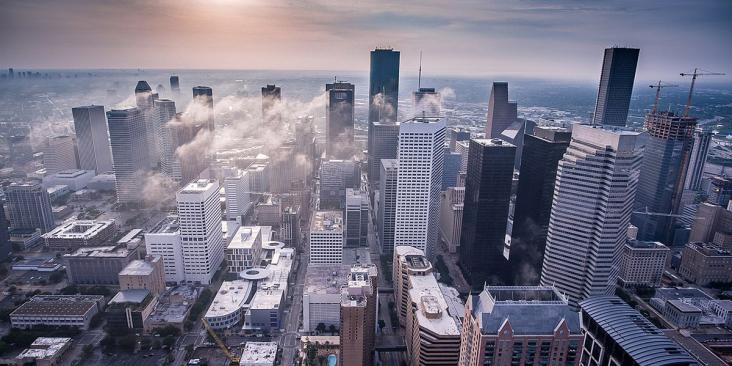Our pioneering work with Google shows that levels of air pollution vary much more widely than was previously known.
We now know that levels of air pollution can vary by up to eight times within one city block — and that living in areas with the most elevated levels increases heart attack risk in the elderly by 40 percent, similar to a history of smoking.
And with nine out of 10 people around the world breathing unhealthy air, EDF is working to better map and measure local air pollution, so we can work with policymakers and community groups to harness new tools and technologies to reduce pollution and hold polluters accountable.
EDF and partners like Google Earth Outreach have studied highly local air pollution in places like Oakland, London, Houston and Salt Lake City, using fast-response, research-grade air quality sensors to help us map air pollution at the hyperlocal level.
This equipment is part of a new generation of lower-cost air quality sensors that can be mounted on cars, trucks and even bicycles — or in denser stationary networks — more readily than earlier technology.
Mobile sensing offers block-by-block insight

For a pilot project in Oakland, California, in the United States, Aclima outfitted Google Street View cars with air quality sensors to gather air pollution data at street level, where people are actually breathing the air.
This new methodology allowed us to collect much more data at a level of detail that was nearly impossible before — and showed just how much pollution varied over very short distances.
In Oakland, community members used the data from our study to develop an Air Protection Plan aimed at reducing local emissions under an air quality law that seeks to reduce pollution in California’s most affected neighborhoods.
Breathe London extended this approach
In 2019, the Mayor of London, EDF, C40 (an international consortium of 90 cities tackling climate change) and a host of scientific partners launched Breathe London, an ambitious project that measured and mapped Londoners’ daily exposure to air pollution using a network of advanced air pollution sensors deployed across the city.
Taking the model to cities worldwide
EDF and our partners are expanding our air pollution monitoring expertise to cities in Asia and Latin America and are integrating advanced analytics that can help with everything from better understanding the intensity of emissions to the enforcement of air pollution regulations.
Developing new tools to track pollution
EDF and our partners are harnessing breakthroughs from these earlier efforts to learn more about how pollution moves through the air.
By tapping into real-time, trusted scientific models and combining them with pollution and weather data, EDF’s new Air Tracker can help users in several U.S. cities learn more about the air they’re breathing, including pollution concentrations and potential sources.
These projects show how effective partnerships are essential to unlocking the power of new data to surface and solve the most serious problems, and to taking those solutions to scale.
MEDIA CONTACT
Cecile Brown
(202) 271-6534 (office)














